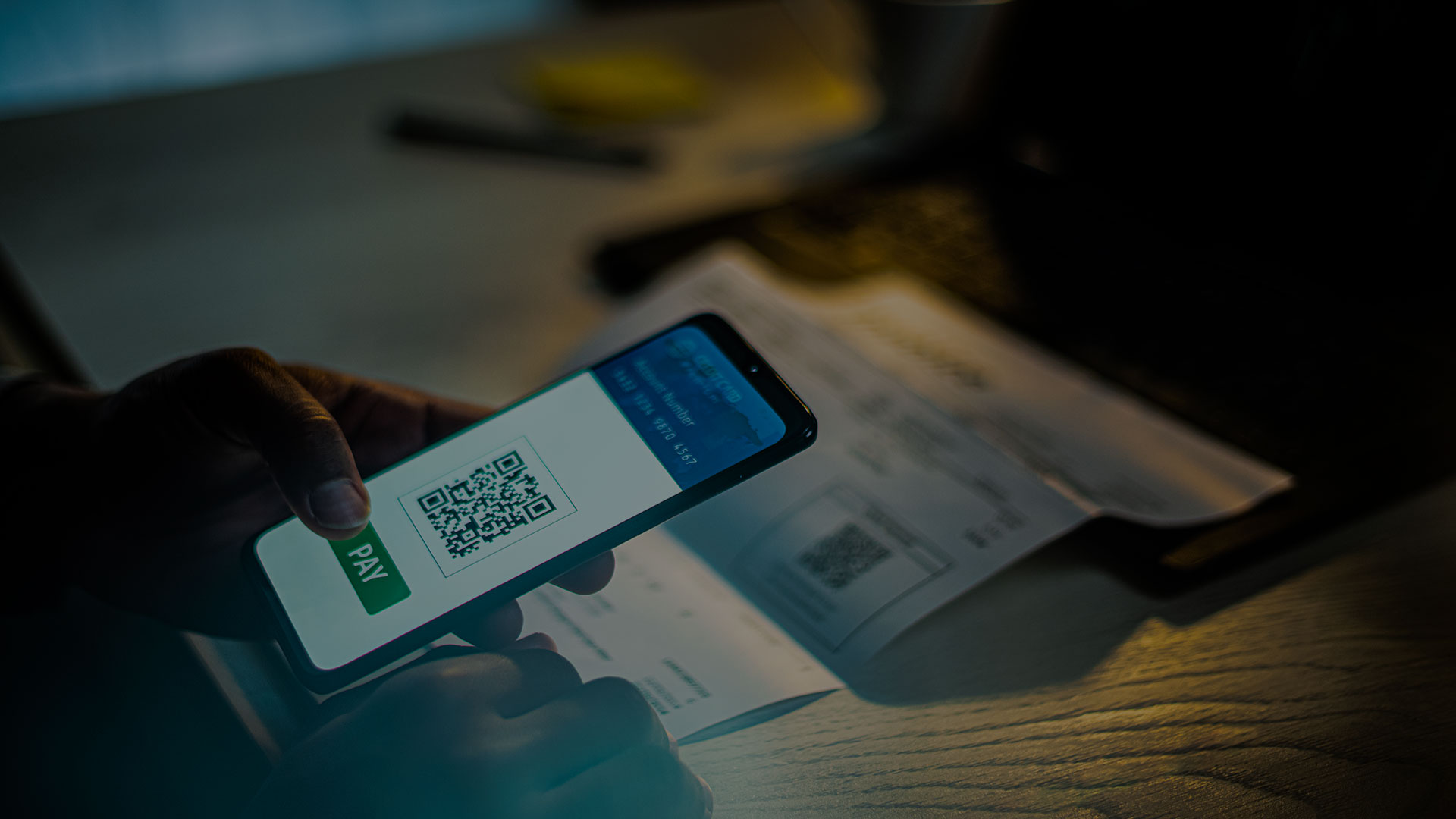
The Future of Payments - How Open Banking Will Reshape The Way We Pay
The exchange of value is one of the oldest markers of civilization as we know it. In fact, evidence suggests that some of the earliest forms of written communication were developed in order to keep track of trades, purchases, and taxes.
What began with simple bartering and trading of goods and services, has come a long way over the centuries, developing into complex, globe-spanning economic systems. First came metal coins, starting around 600 B.C. in the region now known as Turkey. Paper notes that could be exchanged between individuals didn’t come around for another few centuries. The earliest examples of paper currency come from China’s Song Dynasty, sometime between 997 and 1022 A.D.
European banks began issuing paper banknotes that could be used to make purchases or exchanged for their face value in silver or gold coins in the mid-1600s. Paper currency that could be easily mass produced and was more convenient to transport began to grow in popularity thanks to increased trade between Europe, Asia, and the Americas.
From Cash to e-Payments
Portability and standardization were both major drivers in the adoption of coins and paper currency, but in today’s fast-paced, hyperconnected, always-on world, it’s all about speed, security, and convenience. Cash and checks may have once dominated the payment landscape, but in many ways they’ve been supplanted by more efficient and less restrictive forms of payment.
Using cash can actually be more costly than many people might realize. From ATM and check cashing fees, to theft and theft mitigation, the cost of cash can be felt in a variety of ways. One study from Tufts University found that using cash costs businesses about $55 billion a year, and the average family about $1,739 a year.
New communication technologies have made possible more convenient and less costly payment options like electronic wire transfers, debit and credit cards, and mobile payment apps. Third party payment providers like PayPal, Zelle, and Venmo have reached significant market penetration, providing even more convenience and mobility for individual payers and businesses, helping accelerate the industry’s push towards digitization.
The COVID-19 pandemic has also had a noticeable impact on individuals’ payment habits, also driving greater user adoption of digital and touchless payment technologies. A 2021 study from McKinsey found that 82 percent of Americans used some form of digital payment in 2021, up from 78 percent in 2020 and just 75 percent 5 years ago. Similarly, according to a survey from Visa, 78 percent of global consumers adjusted the way they pay out of concern for their safety. While the pandemic may have initiated the change, the convenience and speed of digital payments will likely make this shift permanent.
However, while we tend to think of digital solutions as moving at light speed, most digital payment transactions still lack the immediacy of a purely cash transfer. The time it takes for funds to become fully accessible in the payee’s account can stretch up to several days, depending on the service used, as the transaction needs to be processed, cleared, and approved - all of which take time.
The Future of Payments - Real-Time Payments and Open Banking
Once again, technology provides an answer. Industry leaders have been developing technology to enable real-time payments, combining the speed and immediacy of cash with the convenience and reach of electronic payments. Despite not yet being as widely available as most other payment methods, and being mostly targeted on peer-to-peer use cases, real-time payments have experienced immense and rapid growth in the past year. The number of real-time payments processed globally in 2020 surpassed 70 billion - jumping by 41 percent year-over-year. Adoption in commercial transactions may open a world of new payment possibilities.
As digital payments continue to grow in popularity, the commensurate rise in available data will drive even more payments innovation for increased customer convenience. Solutions such as Request to Pay will link billing data with payment data, which will improve automation and analytics, speed up reconciliation, and even help with spending decisions.
Frictionless communication and advanced data analytics will reduce both the cost and time needed to settle payment disputes, process chargebacks and settlements, and onboard customers. Artificial intelligence (AI) and machine learning (ML) systems can be applied to provide more accurate cash forecasting services and offer intelligent receivables and reconciliation making it easier to match incoming payments with outstanding invoices, and by providing better cash forecasting services.
Of course, with new technology comes new challenges, and new threats. True widespread adoption won’t come until the general public perceives the new technology as at least as secure as existing payment options. As real-time payments continue to grow, it becomes increasingly important to leverage AI and ML in authenticating payments, detecting fraud, and protecting customers and businesses from cybersecurity breaches.
The biggest benefits will come from open banking and Account to Account (A2A) transactions, which will cut through intermediary processes that traditionally delay money flows. A2A simplifies the transfer, as it’s literally moving money from one account directly into another, with no intermediaries involved at all.
Open banking boosts competition by enabling third parties, such as fintech companies, to use customers’ financial data to develop new apps, services, and more convenient ways to pay. While the US has taken a slower, market-led approach to adopting open banking, an executive order issued by President Joe Biden on July 9, 2021 aims to make it easier for consumers to switch banks. One outcome of this will be increased competition and new innovation in payment options. The US is on track to see much wider adoption of open banking and A2A in the near future.
A2A transfers will go from an alternative payment option to a more mainstream choice. Open banking also makes A2A transfer through third party payment initiation possible, allowing a third party app like Exela Request to Pay or a BPX payer app initiate the transaction, from the payer's bank account, from outside the bank.
The exchange of value is one of the most basic building blocks of the modern world and society as we know it. As global trade has increased and the world has become more interconnected than ever before, new payments technologies that add value to both ends of the transaction - convenience for the payer, instantaneous posting of funds for the payee - help reduce friction and promote a healthy and active global economy.



